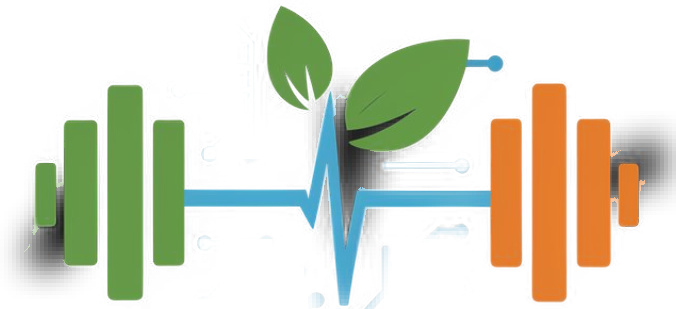The Bodyweight Strength Training: 20-Minute Routine To Do At Home Or Anywhere!
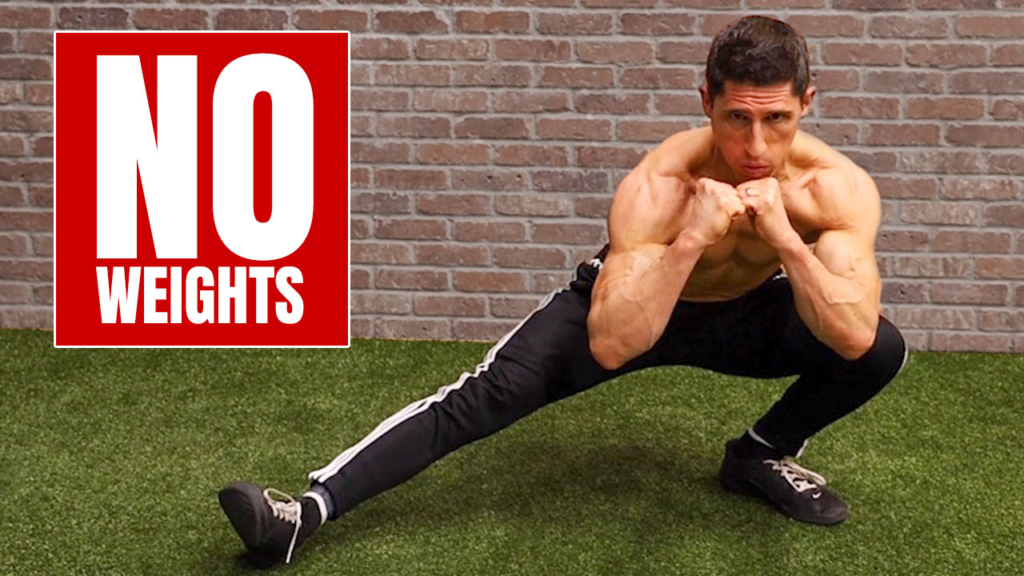
Bodyweight strength training is a method of exercising that uses an individual’s own weight to provide resistance against gravity. This form of training is essential for building strength, improving flexibility, and enhancing overall fitness without the need for gym equipment. Given its convenience and effectiveness, bodyweight training has gained immense popularity, particularly in times when access to gyms might be restricted or when one prefers the comfort of home workouts.
Bodyweight training is not only about convenience; it offers numerous health benefits, such as improved cardiovascular health, enhanced muscular endurance, and better flexibility. This form of exercise is accessible to everyone, regardless of fitness level, making it a versatile option for those looking to improve their physical health without the need for expensive equipment.
Table of Contents
Types and Categories
Basic Bodyweight Exercises
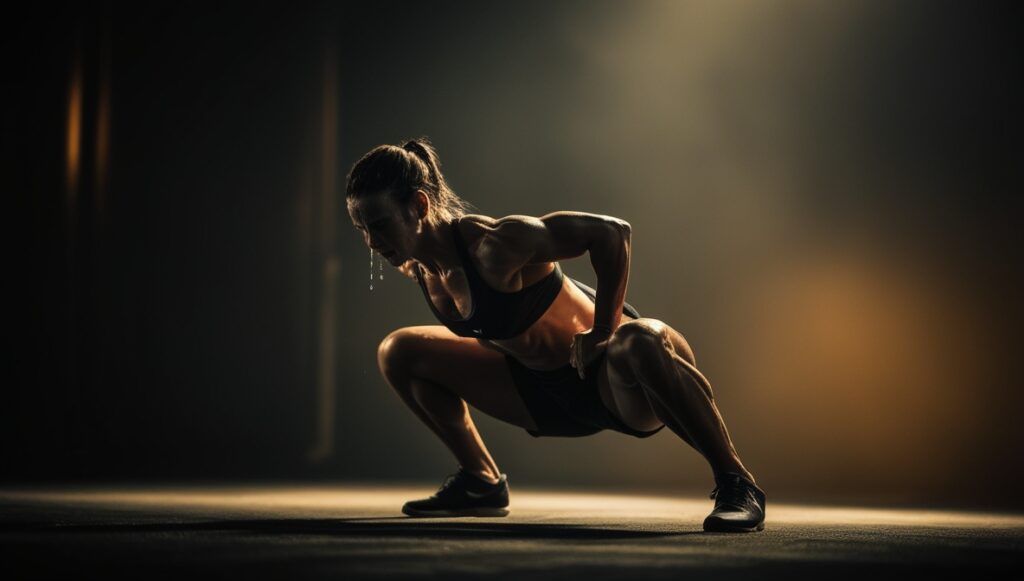
- Push-ups: A fundamental exercise that targets the chest, shoulders, and triceps.
- Squats: Essential for building lower body strength, focusing on the quadriceps, hamstrings, and glutes.
- Lunges: Excellent for leg and core strength, balance, and stability.
- Planks: Crucial for core strength and stability.
- Burpees: A full-body exercise that combines strength and cardio.
Advanced Bodyweight Exercises
- Handstand Push-ups: Targeting the shoulders and arms, requiring significant balance and strength.
- Pistol Squats: Single-leg squats that enhance leg strength and balance.
- Muscle-ups: Combining a pull-up and a dip, excellent for upper body strength.
- Planche: An advanced gymnastics move that challenges the entire body.
- L-sits: Targets the core and upper body, requiring significant abdominal strength.
Functional Training
- Animal Movements: Exercises like bear crawls and crab walks that mimic natural movements, enhancing mobility and strength.
- Plyometrics: High-intensity exercises such as jump squats and box jumps to improve power and agility.
- Core Stability Exercises: Including mountain climbers and leg raises to build a strong core foundation.
HIIT with Bodyweight Exercises
- Benefits of HIIT: High-Intensity Interval Training (HIIT) is efficient for burning calories and improving cardiovascular health.
- Sample HIIT Routines: Combining exercises like jump squats, burpees, and push-ups in a circuit format.
- Combining Cardio and Strength: Achieving a comprehensive workout that targets multiple fitness components.
Yoga and Pilates
- Overview of Yoga: Incorporating poses and stretches to improve flexibility, strength, and mindfulness.
- Overview of Pilates: Focusing on core strength, alignment, and controlled movements.
- Benefits of Combining: Enhancing overall fitness by integrating strength, flexibility, and balance.
- Sample Routines: Blending bodyweight exercises with yoga and Pilates for a holistic workout.
Getting Started
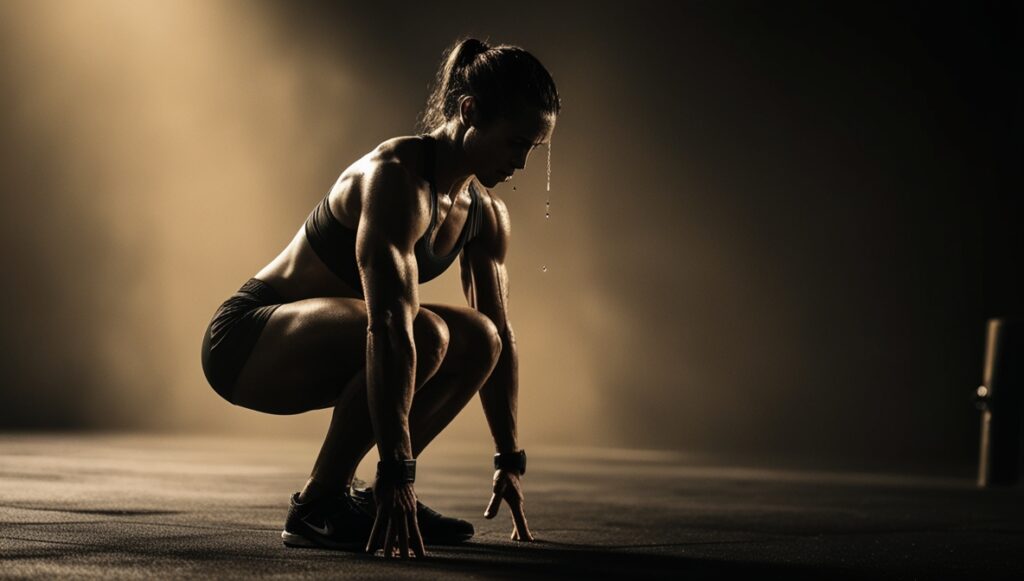
Assessing Fitness Level
Before beginning any training program, it’s important to assess your current fitness level. This can be done through self-evaluations, fitness tests, or consulting with a fitness professional.
Setting Realistic Goals
Setting achievable and specific goals helps in maintaining motivation and tracking progress. Whether the goal is to improve strength, endurance, or flexibility, having clear objectives is crucial.
Creating a Workout Space
Having a dedicated workout space, whether it’s a corner of a room or an outdoor area, can help maintain consistency and focus during workouts.
Warm-up Routines
A proper warm-up is essential to prepare the body for exercise and prevent injuries. Dynamic stretches and light cardio exercises are ideal for warming up.
Basic Bodyweight Exercises
Push-ups
Push-ups are a classic bodyweight exercise that can be modified to suit any fitness level. Variations include knee push-ups, wide-arm push-ups, and diamond push-ups.
Squats
Squats are fundamental for lower body strength. Variations like sumo squats and jump squats add variety and challenge different muscle groups.
Lunges
Lunges target the legs and core. Reverse lunges, walking lunges, and lateral lunges are excellent variations.
Planks
Planks are crucial for core stability. Side planks and plank variations involving leg lifts increase difficulty and engagement.
Burpees
Burpees provide a full-body workout, combining strength and cardio. Modifications like step-back burpees can make them more accessible for beginners.
Advanced Bodyweight Exercises
Handstand Push-ups
Handstand push-ups are an advanced exercise that requires significant shoulder strength and balance. Practicing against a wall can help build the necessary strength and confidence.
Pistol Squats
Pistol squats, or single-leg squats, enhance leg strength and balance. Beginners can start by holding onto a support or performing the exercise onto a bench.
Muscle-ups
Muscle-ups combine a pull-up and a dip, targeting the upper body. They require significant upper body strength and technique.
Planche
The planche is a gymnastics move that challenges the entire body. Progressions like tuck planches can help build up to the full movement.
L-sits
L-sits require core and upper body strength. Starting with bent knees can make this exercise more manageable initially.
Functional Training with Bodyweight
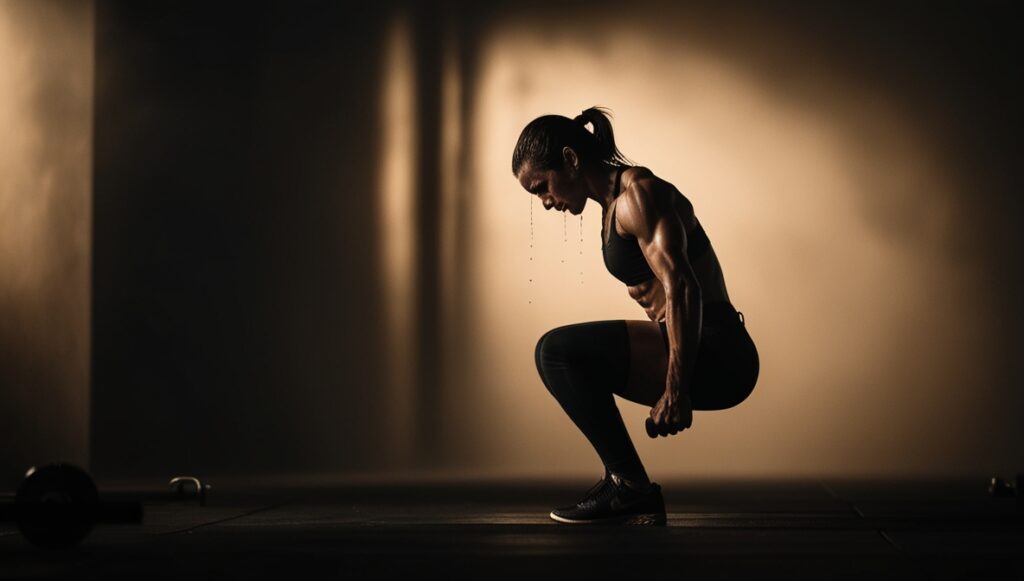
Animal Movements
Animal movements like bear crawls and crab walks are excellent for mobility and functional strength. These exercises mimic natural movement patterns and enhance coordination.
Plyometrics
Plyometric exercises, such as jump squats and box jumps, are high-intensity movements that improve power and agility. These exercises are great for enhancing athletic performance.
Core Stability Exercises
Core stability exercises, including mountain climbers and leg raises, are essential for a strong core foundation. These exercises improve balance and support overall strength training.
HIIT Workouts with Bodyweight
Benefits of HIIT
High-Intensity Interval Training (HIIT) is effective for burning calories, improving cardiovascular health, and enhancing overall fitness in a short amount of time.
Sample HIIT Routines
A typical HIIT routine might include exercises like jump squats, burpees, and push-ups performed in quick succession with minimal rest. These routines can be tailored to any fitness level.
Combining Cardio and Strength
HIIT workouts effectively combine cardio and strength training, providing a comprehensive workout that targets multiple fitness components.
Bodyweight Training for Flexibility
Importance of Flexibility
Flexibility is crucial for overall fitness and injury prevention. Incorporating flexibility training into your routine can improve performance and mobility.
Stretching Routines
Stretching routines that include dynamic and static stretches help improve flexibility. Focusing on major muscle groups ensures a balanced approach.
Combining Strength and Flexibility
Integrating strength and flexibility training enhances overall fitness. Yoga and Pilates are excellent examples of workouts that combine these elements.
Yoga and Pilates
Overview of Yoga
Yoga incorporates poses and stretches that improve flexibility, strength, and mindfulness. It’s a holistic approach to fitness that benefits both the body and mind.
Overview of Pilates
Pilates focuses on core strength, alignment, and controlled movements. It’s an excellent complement to traditional strength training.
Benefits of Combining with Bodyweight Training
Combining yoga and Pilates with bodyweight training enhances overall fitness by integrating strength, flexibility, and balance.
Sample Routines
Sample routines might include a mix of bodyweight exercises, yoga poses, and Pilates movements to create a balanced and comprehensive workout.
Creating a Balanced Bodyweight Training Program
Structuring Workouts
A balanced bodyweight training program includes a mix of strength, cardio, and flexibility exercises. Structuring workouts with a variety of exercises ensures comprehensive fitness development.
Balancing Different Muscle Groups
Ensuring that all major muscle groups are targeted prevents imbalances and promotes overall strength. Including exercises for the upper body, lower body, and core is essential.
Progression and Variation
Progression and variation keep workouts challenging and prevent plateaus. Incorporating advanced exercises and different workout styles maintains interest and effectiveness.
Tracking Progress
Methods of Tracking
Tracking progress can be done through journals, fitness apps, or photos. Recording workouts, repetitions, and improvements helps maintain motivation and track development.
Importance of Consistency
Consistency is key to achieving fitness goals. Regular workouts and adherence to a training program ensure steady progress.
Adjusting Workouts Based on Progress
Adjusting workouts based on progress helps avoid plateaus and maintain motivation. Increasing intensity, adding variations, and setting new goals keep workouts effective.
Common Mistakes to Avoid
Overtraining
Overtraining can lead to injuries and burnout. Ensuring adequate rest and recovery is crucial for long-term success.
Poor Form
Maintaining proper form is essential to prevent injuries and maximize effectiveness. Focusing on technique over quantity is important.
Ignoring Recovery
Recovery is an essential part of any training program. Incorporating rest days, stretching, and adequate sleep supports overall fitness.
Benefits of Bodyweight Strength Training
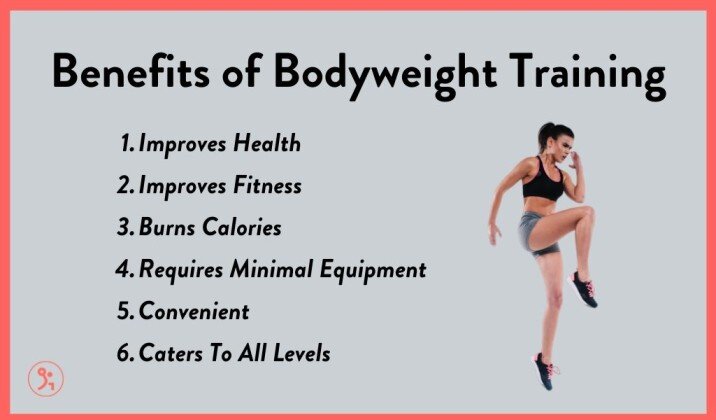
Physical Health Benefits
Bodyweight strength training improves cardiovascular health, muscular endurance, and overall strength. It supports weight management and enhances physical performance.
Mental Health Benefits
Exercise, including bodyweight training, has significant mental health benefits. It reduces stress, improves mood, and enhances cognitive function.
Convenience and Accessibility
Bodyweight training is convenient and accessible. It requires no equipment and can be performed anywhere, making it an ideal option for those with busy schedules or limited access to a gym.
Personal Stories and Case Studies
Success Stories
Many individuals have achieved significant fitness transformations through bodyweight training. Success stories provide inspiration and demonstrate the effectiveness of this training method.
Personal Transformations
Real-life examples of personal transformations highlight the potential of bodyweight training to improve fitness and overall health.
Expert Insights
Quotes from Fitness Professionals
Expert insights and quotes from fitness professionals provide valuable advice and tips for effective bodyweight training.
Tips from Personal Trainers
Personal trainers offer practical tips for getting the most out of bodyweight exercises, maintaining motivation, and achieving fitness goals.
Bodyweight strength training offers a versatile, effective, and convenient way to improve overall fitness. By incorporating a variety of exercises, balancing different muscle groups, and maintaining consistency, anyone can achieve significant health benefits without the need for gym equipment. Whether you are a beginner or an advanced athlete, bodyweight training can be tailored to suit your needs and help you reach your fitness goals.
- Also Read :
- Ultimate Guide to Strength Training Workouts
- What is Functional Strength Training
- 10 Yoga Poses for Neck Pain
- Beat Tech Neck with Easy Exercises
- Build Neck Muscle with These Effective Exercises
Can I build muscle with bodyweight exercises?
Yes, bodyweight exercises can build muscle, especially when performed with proper form and progressive overload.
Do I need any equipment for bodyweight training?
No, bodyweight training does not require any equipment, although some may choose to use items like resistance bands or pull-up bars for added challenge.
How often should I do bodyweight training?
It depends on your fitness level and goals, but generally, 3-5 times a week is effective for most people.
Can bodyweight training help with weight loss?
Yes, bodyweight training can help with weight loss by burning calories and increasing muscle mass, which boosts metabolism.
